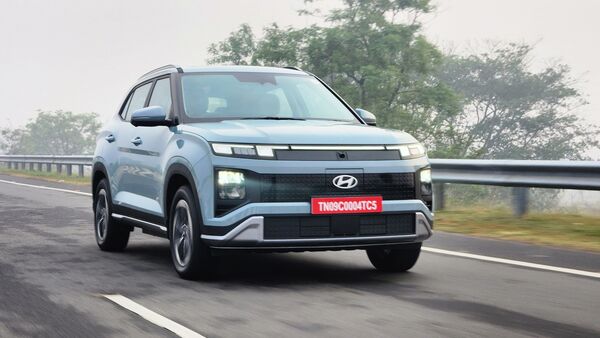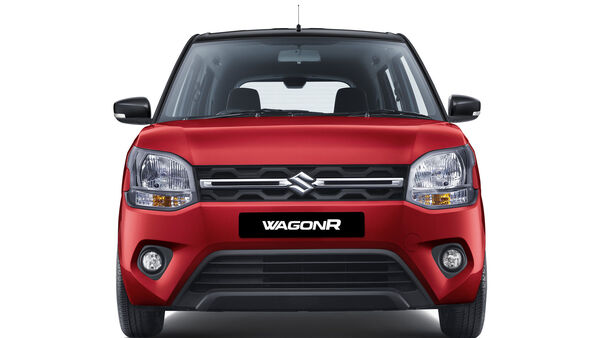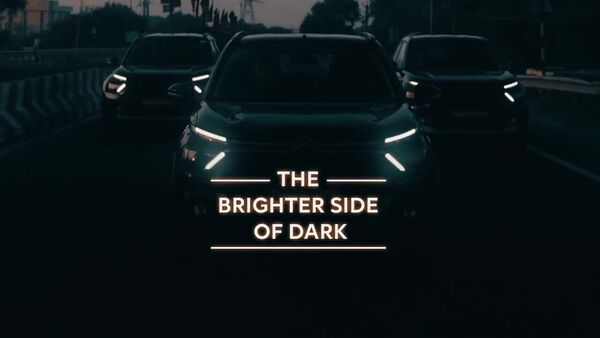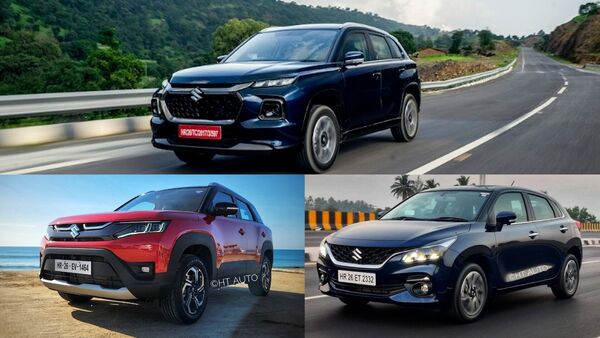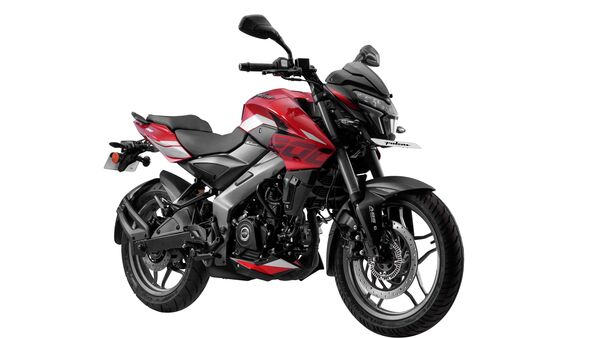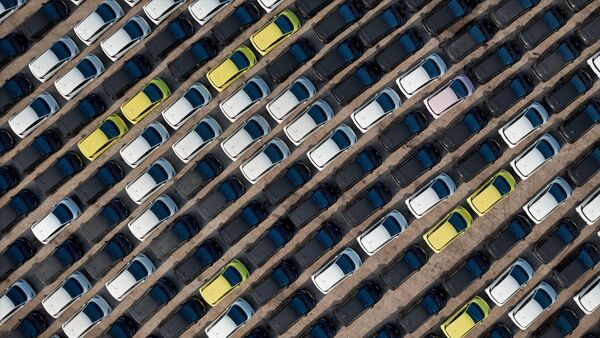
Many vehicles in Delhi-NCR emit pollutants above PUCC limits, says study
7 months ago | 68 Views
A considerable percentage of vehicles in Delhi and Gurugram emit pollutants above the Pollution Under Control Certificate (PUCC) limits in real-world driving conditions, a new study has found. The International Council on Clean Transportation (ICCT) in collaboration with the Delhi and Gurugram authorities has conducted a study in the national capital region (NCR) which has revealed that a large chunk of the vehicular fleet in these cities emit pollutants into the environment which is higher than PUCC limits, PTI reported.
The study further stated that the PUCC test is not reflective of real-world driving emissions. The ICCT has also said in its study that due to limitations of the PUCC procedure, infrastructure to use remote sensing in the short term to complement the PUCC inspection procedure can be implemented. The ICCT reportedly conducted the study between December 2022 and April 2023 in 20 sites around Delhi and Gurugram using remote-sensing technology, which revealed these findings.
The report stated that there were 111,712 tailpipe emission measurements covered under the study. The vehicles studied included two- and three-wheelers, private cars, taxis, light goods vehicles and buses. Around 45 per cent of the vehicles on which the study was conducted were petrol, 32 per cent were CNG and 23 per cent were diesel models.
CNG vehicles emit 14 times more pollutants
The study has found that not only petrol and diesel vehicles but CNG-powered vehicles too emit high levels of pollutants despite being dubbed as cleaner vehicles compared to their petrol and diesel counterparts. The CNG vehicles have been found emitting high levels of nitrogen oxide (NOx) particles into the environment during real-world driving. The study found that CNG vehicles had, in some cases, 14 times higher real-world emissions than lab-approved limits.
The study has noted that these findings mean promoting CNG vehicles as a viable alternative or transitional step to zero-emission vehicles might not be the right approach in regions like Delhi and Gurugram that already suffer from poor air quality.
The study revealed that emissions from high-use commercial vehicles are much higher than private vehicles. The BS6 taxis and light goods vehicle fleets emitted 2.4 and five times higher NOx emissions, respectively, compared to their private vehicle counterparts.
How the study was conducted
As part of the study, remote sensing devices were installed at two ends of a road. When a vehicle passed, the spectrometer captured its tailpipe emission. A camera captured the number plate to identify details such as whether the particular vehicle was registered in Delhi, if it was a commercial one, its make as well as age. The findings were compiled to make the conclusion.
Read Also: Lamborghini Temerario's new V8 will make you forget V10, claims top official #

